Five of the National Trust's most outstanding paintings, as chosen by the curators who care for the charity’s world-class collection
As The National Trust celebrates its 130th anniversary, we asked five of their curators to choose a key artwork from the charity's huge collection.
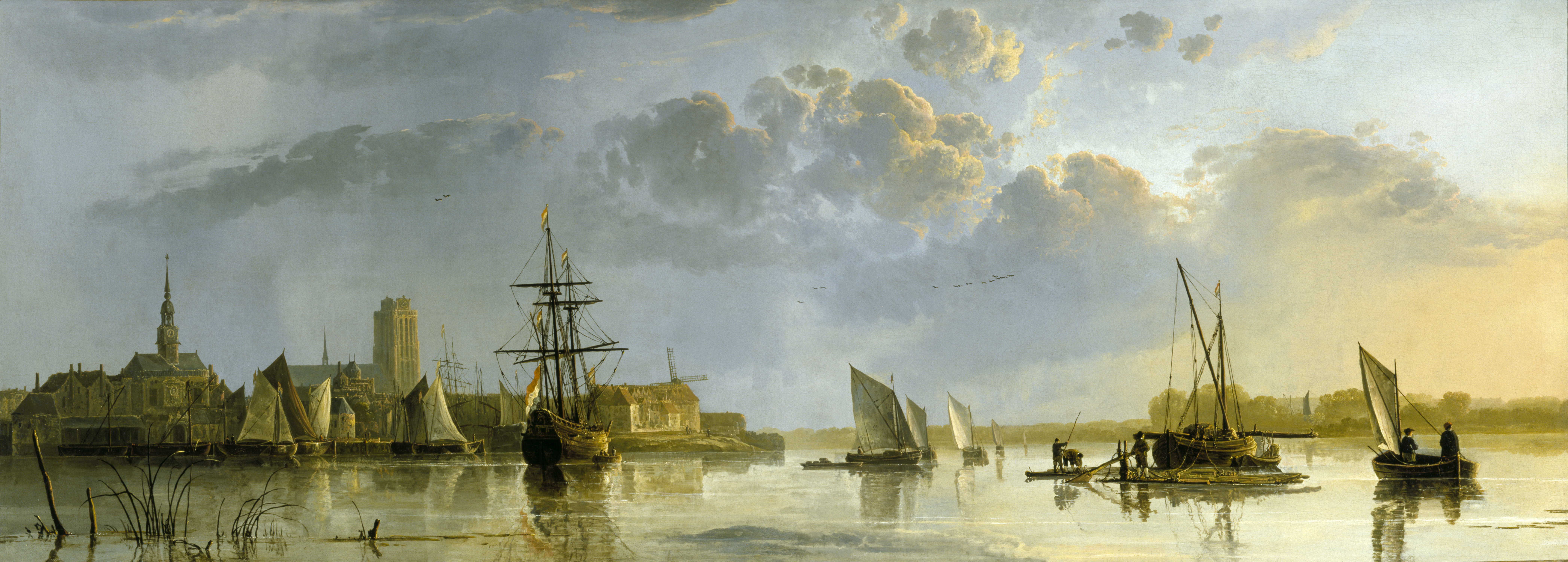

It's 130 years since Octavia Hill, Canon Hardwicke Rawnsley and Sir Robert Hunter coming together to form the National Trust. From relatively humble beginnings — the first property, Alfriston Clergy House, was bought for just £10 — it has grown to become one of the biggest conservation charities in the world, with over 500 properties, huge swathes of unspoilt land and thousands of artworks in their care.
To mark the milestone, we asked five of the charity's curators to talk about one of their favourite paintings from the National Trust's magnificent collection. Here's what they chose.
Portrait of Elizabeth I, attributed to Nicholas Hilliard
Location: Hardwick Hall, Derbyshire
As chosen by: National Trust curatorial and conservation director Tarnya Cooper
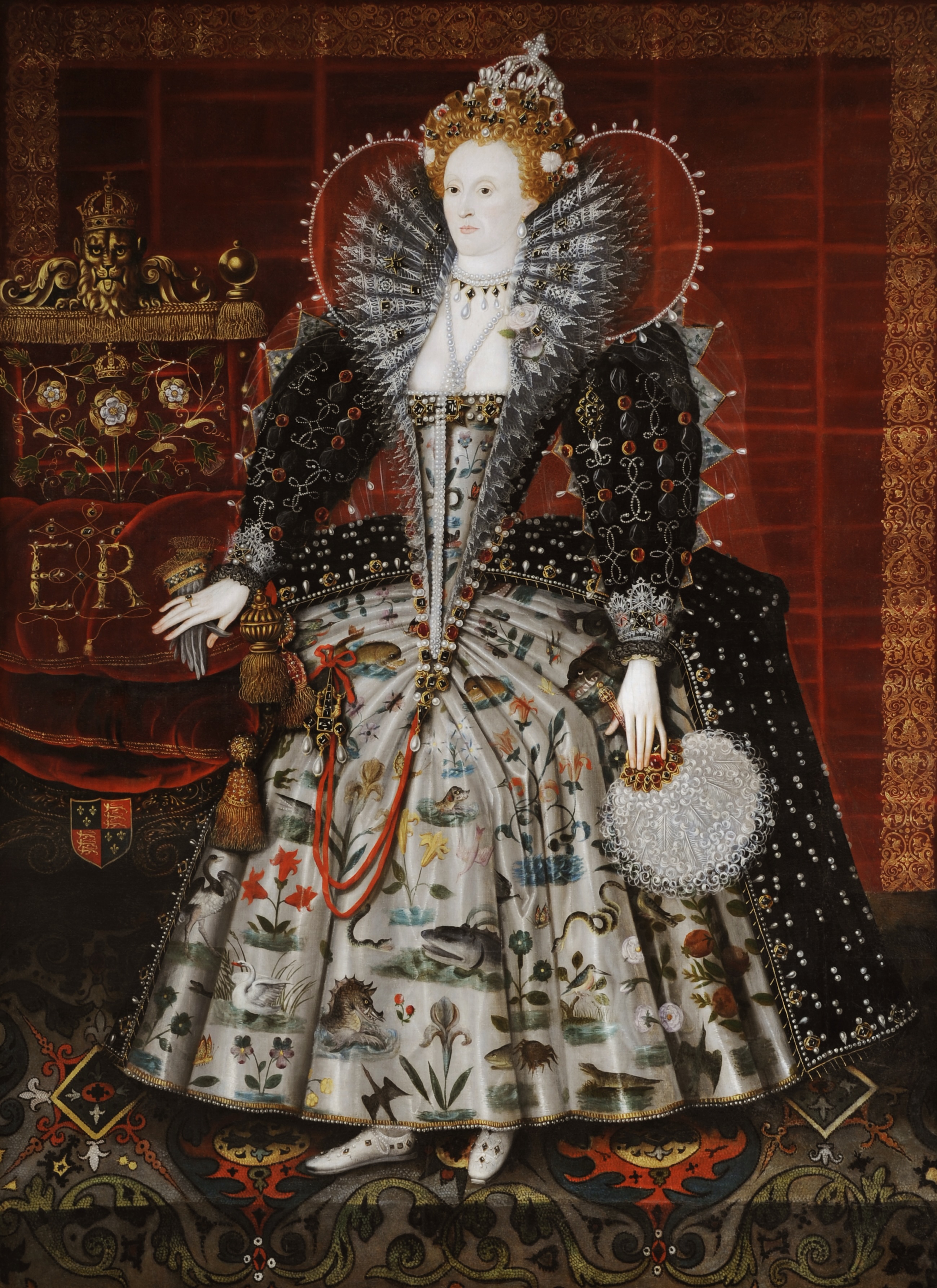
‘Dominating the Long Gallery at Hardwick Hall is one of the most extraordinary and iconic portraits of Elizabeth I. A life-size and full-length portrait, it is arresting, fantastical and highly detailed all at once. The Queen is depicted in her sixties, at a time when she was described as “gorgeously apparelled”; I particularly love her petticoat, decorated with creatures and flowers.
The portrait was commissioned by her courtier Bess of Hardwick and likely comes from the studio of Nicholas Hilliard (about 1547–1619), the most talented and prolific miniaturist of the period.
The composition deftly sidesteps the laws of perspective and proportion and focuses instead on the wonder and grandeur of its regal subject.’
Sign up for the Country Life Newsletter
Exquisite houses, the beauty of Nature, and how to get the most from your life, straight to your inbox.
The Penitent Magdalen by Sir Peter Lely
Location: Kingston Lacy, Dorset
As chosen by: Kingston Lacy’s property curator, Elena Greer
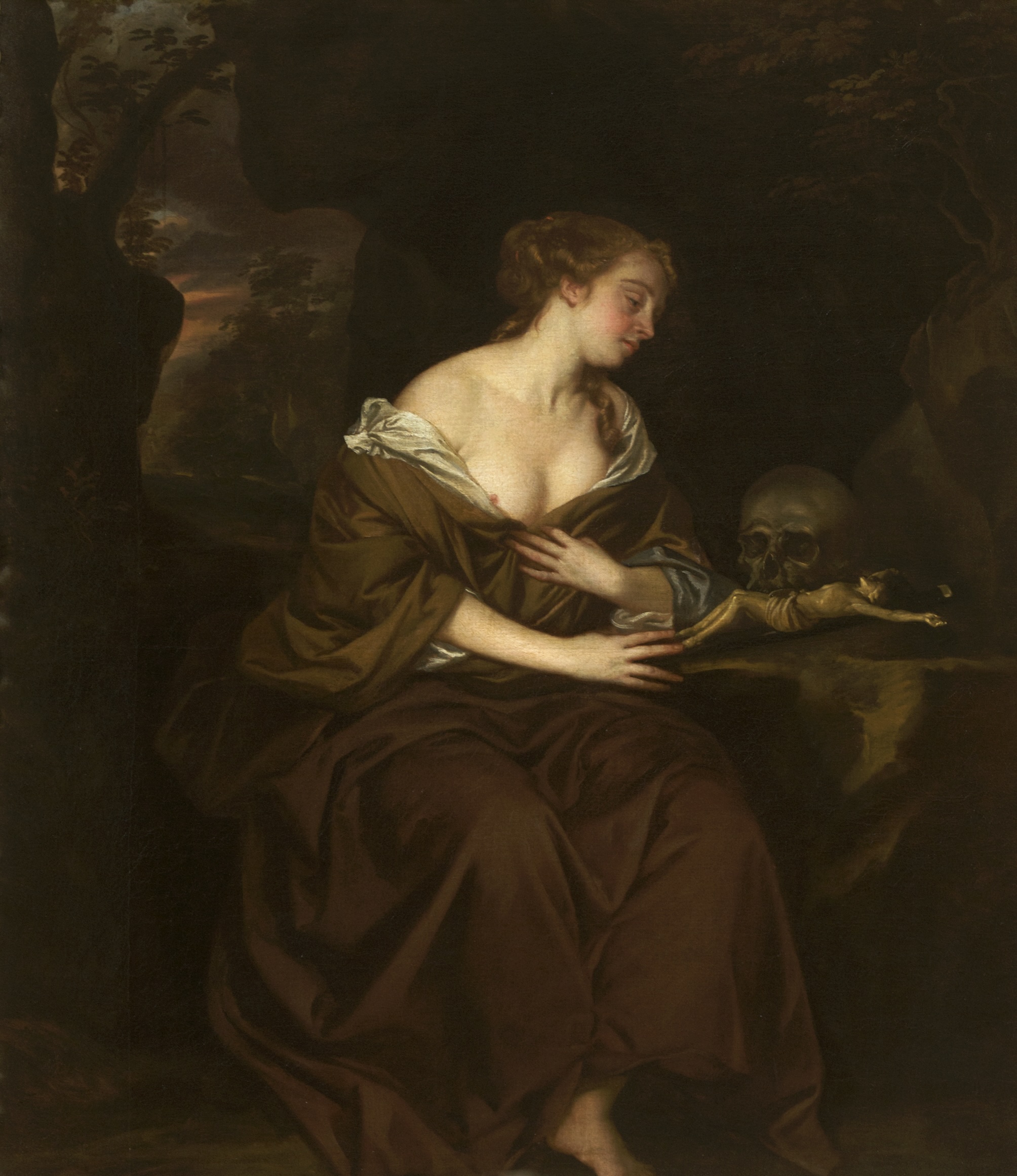
‘Mary Magdalen’s long association with the sex trade is an excuse for Peter Lely (1618–80) to paint her breasts exposed. Recent cleaning has revealed the pink glow of her pale skin, especially luminous against the earth and copper tones of the drapery and landscape.
By drawing our eye to her flesh, Lely redirects us to her hands and finally to two elegant fingers that appear to flow seamlessly into the figure of Christ on the Crucifix.
This uniting of their two bodies expresses the intensity of Mary’s repentance, the real reason for her flushed skin. This rare religious painting fuses Lely’s interest in light effects and subtle gesture to create a complex and seductive image.’
View of Dordrecht from the North by Aelbert Cuyp, chosen by the charity’s head of curatorship, Rupert Goulding
Location: Ascott estate, Buckinghamshire
As chosen by: National Trust head of curatorship, Rupert Goulding

‘In his lifetime, Aelbert Cuyp (1620–91) was barely known outside Dordrecht, yet by the 18th century he was beloved by English collectors of Dutch landscapes.
This is an unusually wide composition, at one point cut in two and sold as a pair, only to be re-joined in 1842. All that space enables both a detailed cityscape and a slumbering river scene, with the foreground reeds amplifying a powerful sense of perspective.
Yet, this painting is really about the saffron setting sun: we almost feel its warmth as the light bounces off the façade, sail and cloud, creating, in the words of [art historian the late] Anthony Blunt, “one of the most romantic renderings of light effects in the whole of Dutch painting”.’
The Paterson Children of Castle Huntly, Perthshire, by Sir Henry Raeburn
Location: Polesden Lacey, Surrey
As chosen by: Alice Strickland, cultural heritage curator for London and the South-East region
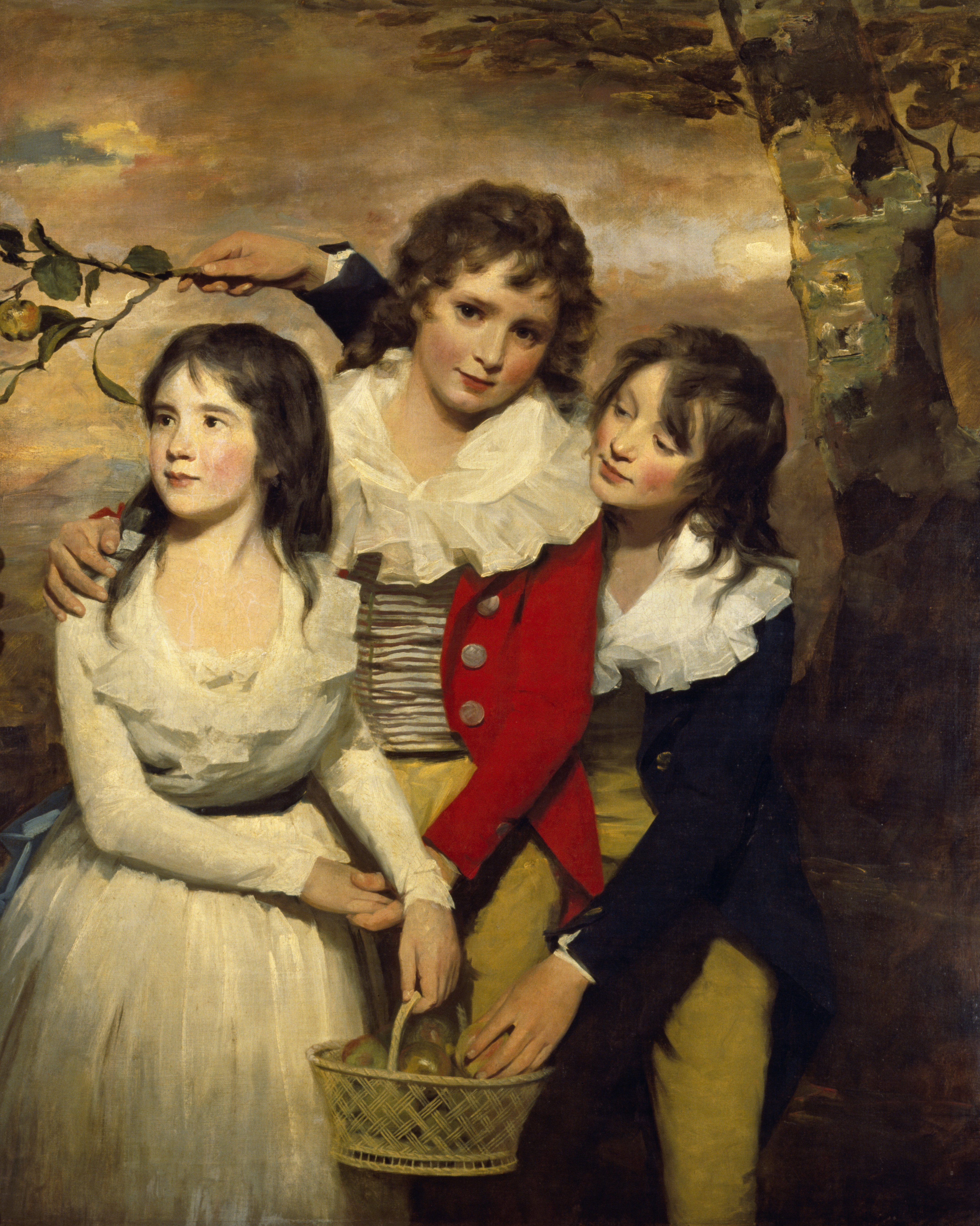
‘A girl’s younger brother cunningly distracts her as he reaches to take fruit from a basket. Family dynamics don’t date. Margaret Greville paid £23,000 in 1918 for her fellow Scotsman’s portrayal of white ruffled linen set against the cherry-red jacket — by far the most expensive purchase proudly recorded in her gilt-embossed ‘My Pictures’ notebook.
Margaret was heir to her father’s brewery fortune. She assembled a collection of superb British portraits and European Old Masters, following the transatlantic fashion of the super-rich. This was the last of four paintings by Sir Henry Raeburn (1756–1823) to enter Polesden Lacey’s collection, providing a lavish setting for her guests.’
Hambletonian, Rubbing Down, by George Stubbs
Location: Mount Stewart, Co Down
As chosen by: National Trust senior national curator John Chu
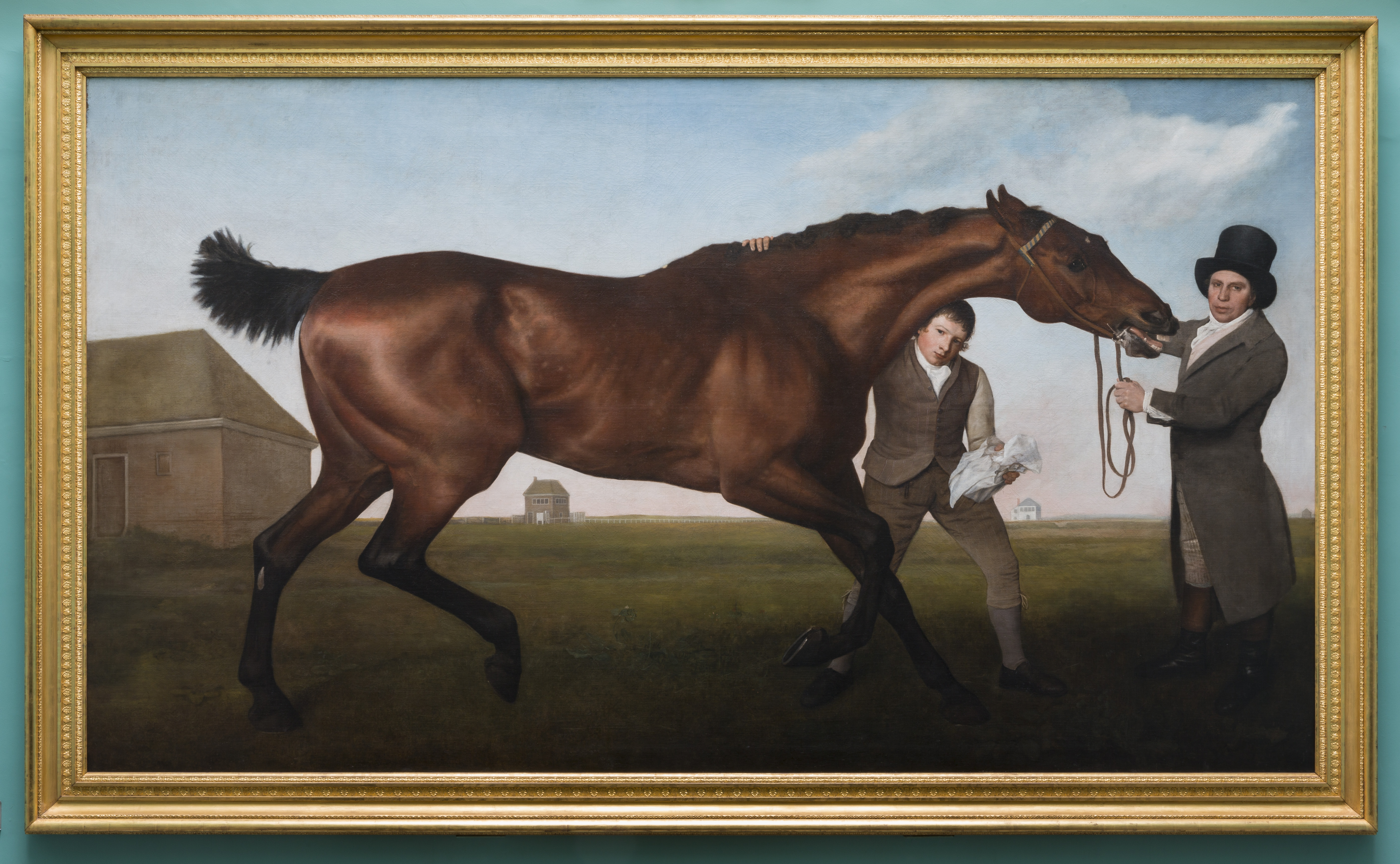
‘This painting hits me like a gut punch. George Stubbs depicts the Thoroughbred Hambletonian just after winning the race of a generation. Despite its monumentality (it’s close to the scale of life), the work possesses a visceral reality. Skittish and drenched in sweat, the overwhelmed beast rolls his eye to meet ours.
No heroics here.
Stubbs gives us meditation on the price of victory and who pays it. In fact, Sir Henry Vane-Tempest, who owned Hambletonian and commissioned the picture, seems not to have liked it much and even tried to get out of paying for it. But I love it.’
Dr Chu is the author, together with former National Trust curator of pictures and sculpture David Taylor, of ‘100 Paintings from the Collections of the National Trust’
Carla must be the only Italian that finds the English weather more congenial than her native country’s sunshine. An antique herself, she became Country Life’s Arts & Antiques editor in 2023 having previously covered, as a freelance journalist, heritage, conservation, history and property stories, for which she won a couple of awards. Her musical taste has never evolved past Puccini and she spends most of her time immersed in any century before the 20th.
-
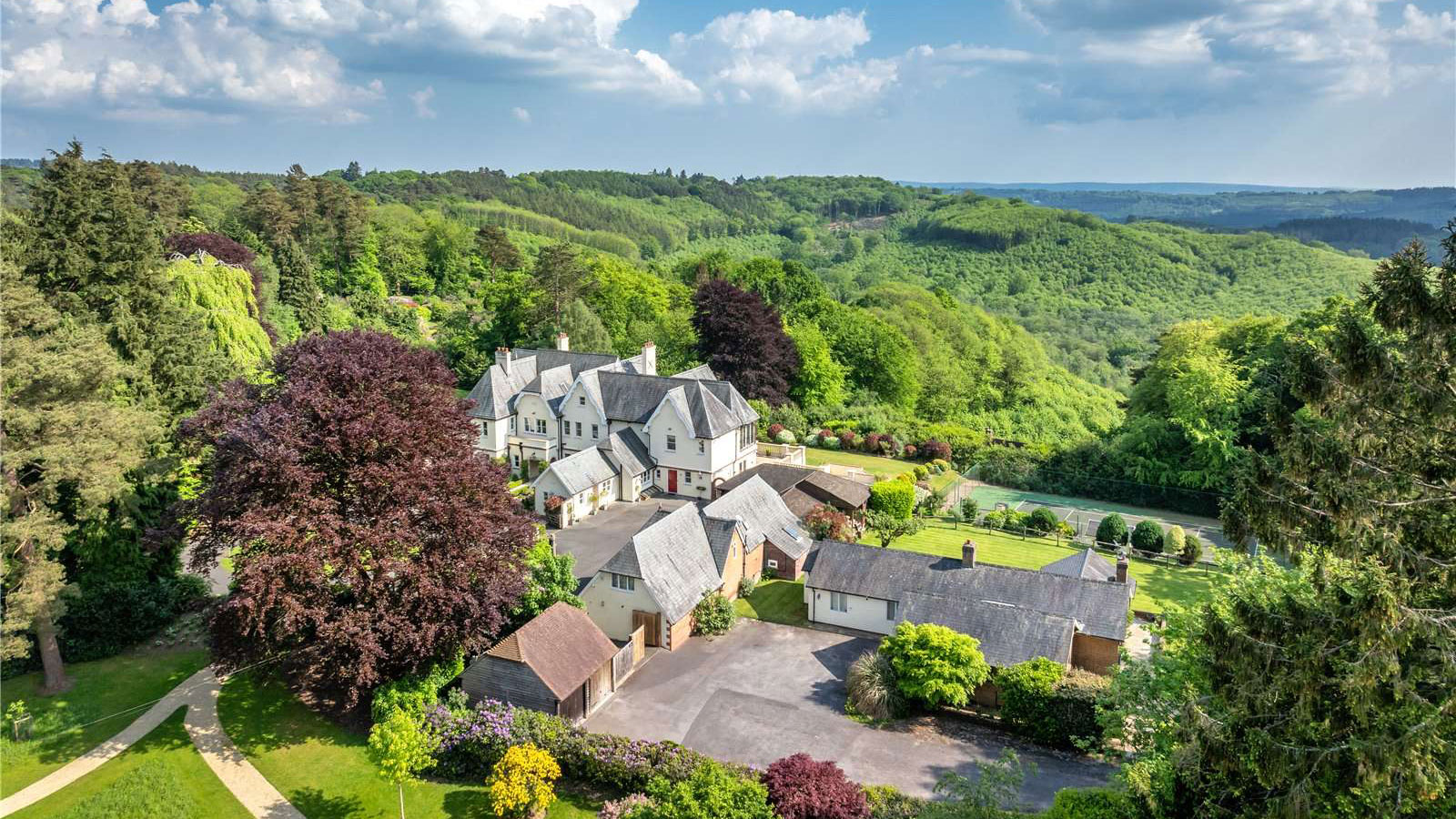 Six rural properties with space, charm and endless views, as seen in Country Life
Six rural properties with space, charm and endless views, as seen in Country LifeWe take a look at some of the best houses to come to the market via Country Life in the past week.
By Toby Keel
-
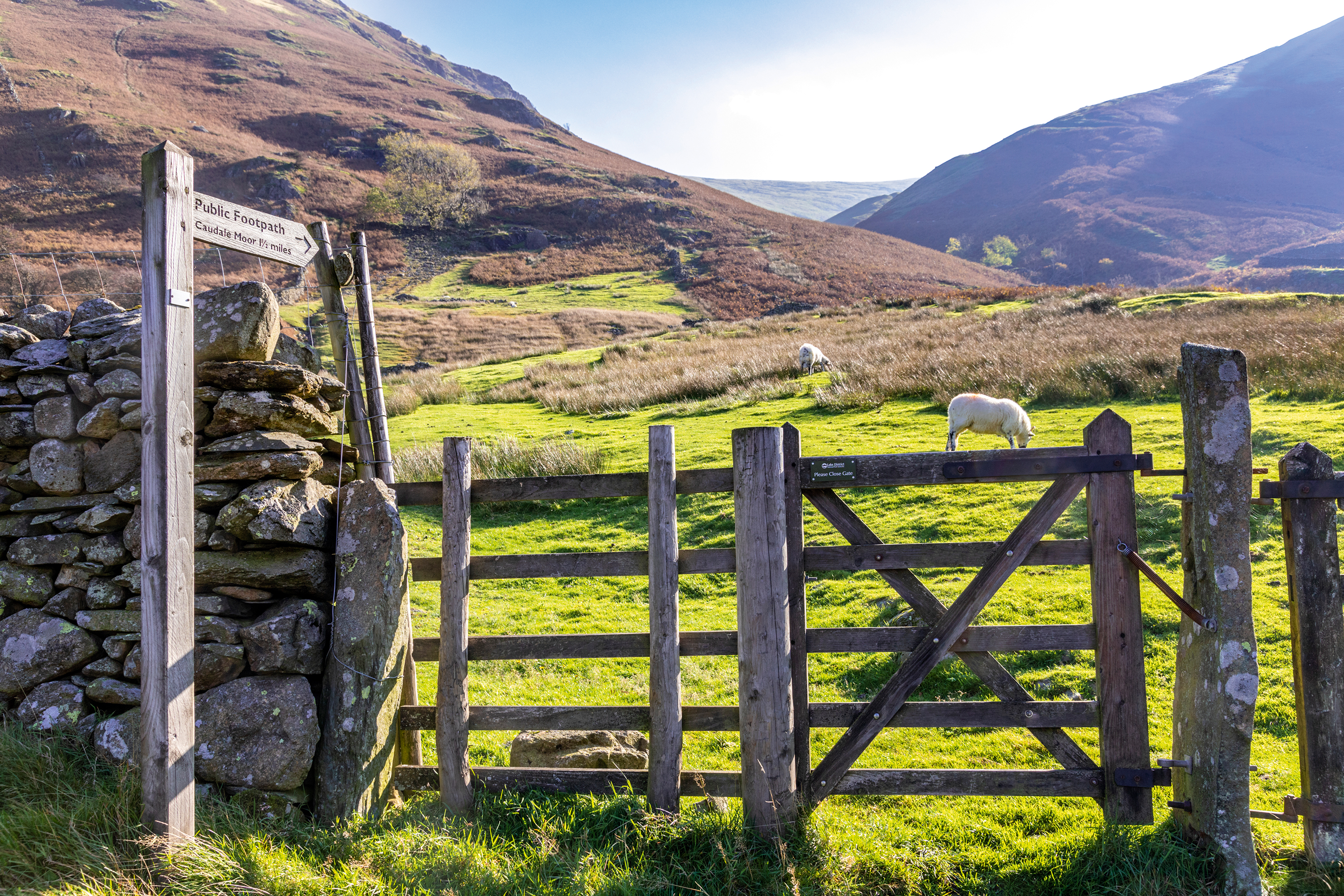 Exploring the countryside is essential for our wellbeing, but Right to Roam is going backwards
Exploring the countryside is essential for our wellbeing, but Right to Roam is going backwardsCampaigners in England often point to Scotland as an example of how brilliantly Right to Roam works, but it's not all it's cracked up to be, says Patrick Galbraith.
By Patrick Galbraith